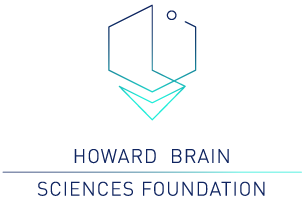Abstract
Amblyopia or lazy eye is a neurodevelopmental disorder that arises during the infancy and is caused by the interruption of binocular sensory activity before maturation of the nervous system. This impairment causes long-term deterioration of visual skills, particularly visual acuity and depth perception. Although visual function recovery has been supposed to be decreased with age as consequence of reduced neuronal plasticity, recent studies have shown that it is possible to promote plasticity and neurorestoration in the adult brain. Thus, transcranial direct current stimulation (tDCS) has been shown effective to treat amblyopia in the adulthood. In the present work we used postnatal monocular deprivation in Long Evans rats as an experimental model of amblyopia and the cliff test task to assess depth perception. Functional brain imaging PET was used to assess the effect of tDCS on cortical and subcortical activity. Visually deprived animals ability to perceive depth in the cliff test was significantly reduced in comparison to their controls. However, after 8 sessions of tDCS applied through 8 consecutive days, depth perception of amblyopic treated animals improved reaching control level. PET data showed 18F-FDG uptake asymmetries in the visual cortex of amblyopic animals, which disappeared after tDCS treatment. The possibility of cortical reorganization and stereoscopy recovery following brain stimulation points at tDCS as a useful strategy for treating amblyopia in adulthood. Furthermore, monocular deprivation in Long Evans rats is a valuable research model to study visual cortex mechanisms involved in depth perception and neural restoration after brain stimulation.
